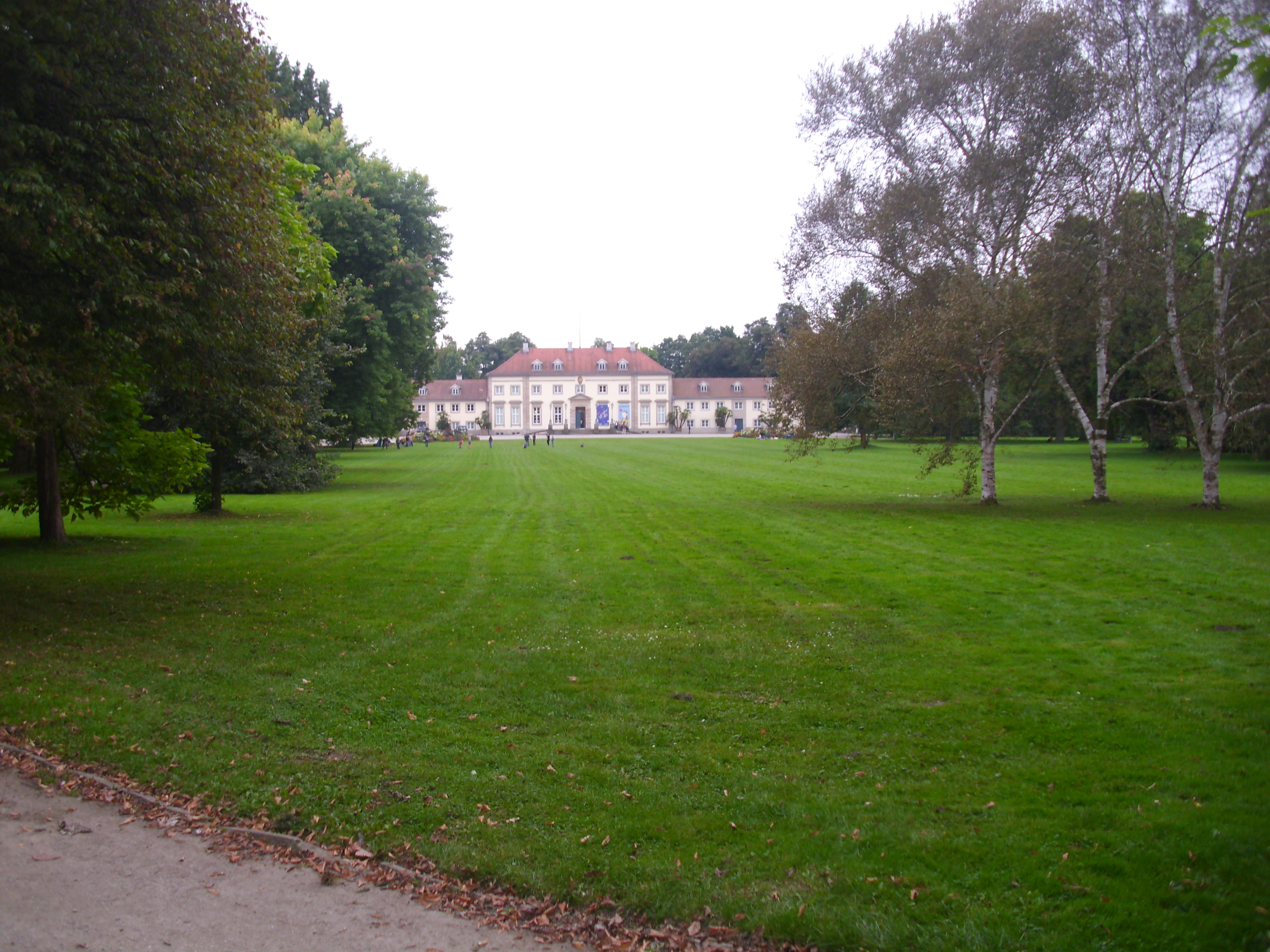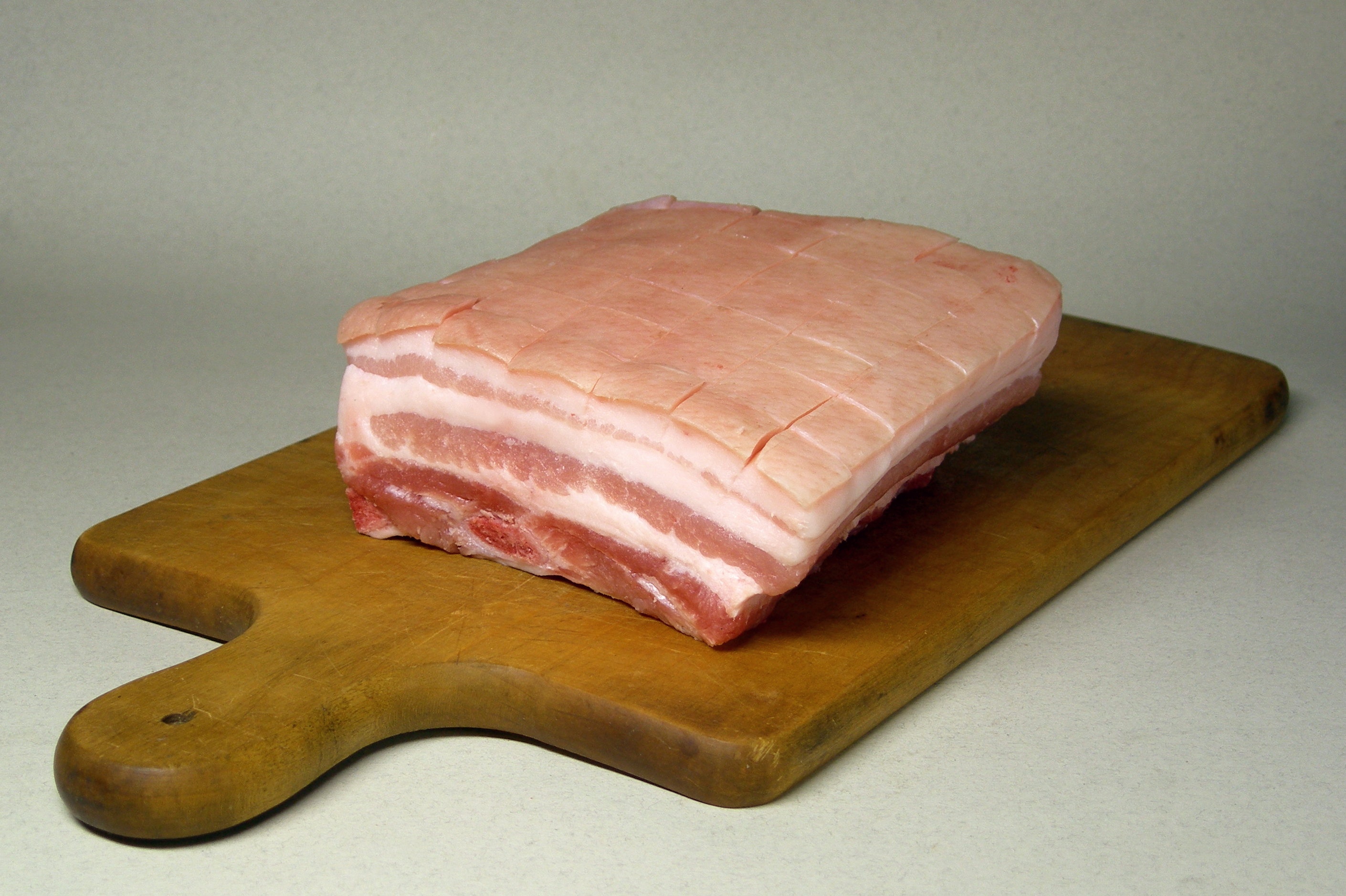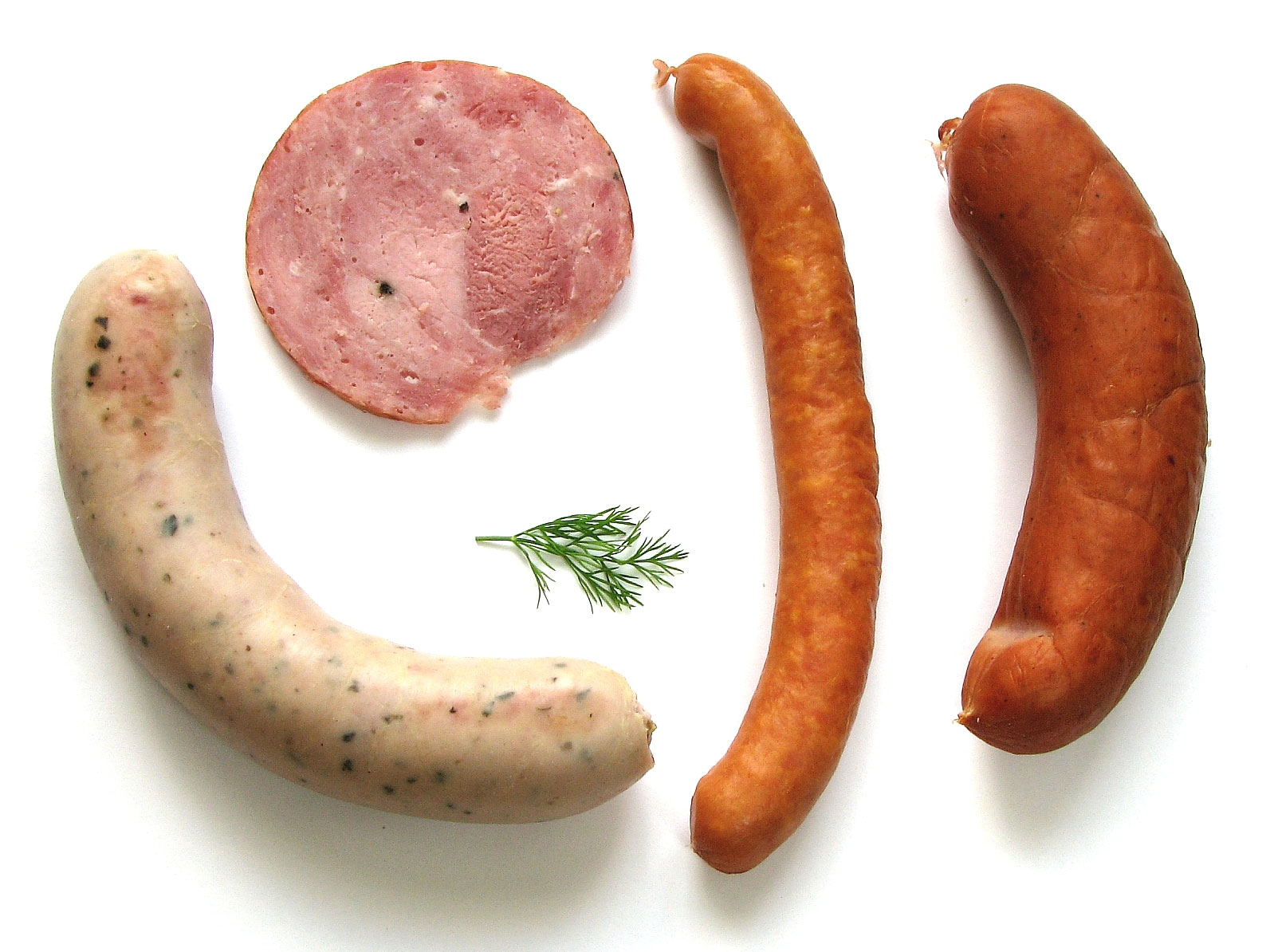|
Wilhelm Busch
Heinrich Christian Wilhelm Busch (14 April 1832 – 9 January 1908) was a German humorist, poet, illustrator, and painter. He published wildly innovative illustrated tales that remain influential to this day. Busch drew on the tropes of folk humour as well as a profound knowledge of German literature and art to satirize contemporary life, any kind of piety, Catholicism, Philistinism, religious morality, bigotry, and moral uplift. His mastery of drawing and verse became deeply influential for future generations of comic artists and vernacular poets. Among many notable influences, '' The Katzenjammer Kids'' was inspired by Busch's '' Max and Moritz''. Today, the Wilhelm Busch Prize and the Wilhelm Busch Museum help maintain his legacy. The 175th anniversary of his birth in 2007 was celebrated throughout Germany. Busch remains one of the most influential poets and artists in Western Europe. Family background Johann Georg Kleine, Wilhelm Busch's maternal grandfather, se ... [...More Info...] [...Related Items...] OR: [Wikipedia] [Google] [Baidu] |
Wiedensahl
Wiedensahl is a municipality in the district of Schaumburg, in Lower Saxony, Germany. The caricaturist, painter and poet Wilhelm Busch was born here in 1832. References Municipalities in Lower Saxony Schaumburg {{Schaumburg-geo-stub ... [...More Info...] [...Related Items...] OR: [Wikipedia] [Google] [Baidu] |
Wilhelm Busch Museum
The Wilhelm Busch Museum (german: Wilhelm Busch - Deutsches Museum für Karikatur und Zeichenkunst, links=no, "Wilhelm Busch - German Museum of Caricature and Drawings") is a museum in Hanover, Lower Saxony, Germany. It features the world's largest collection of works by Wilhelm Busch, as well as contemporary comic art, illustrations and drawings. It is located in the Georgengarten (part of the Herrenhausen Gardens) in a palace known as the Georgenpalais, dating from around 1780. The museum is run by the Wilhelm Busch Society, which formed in 1930.Wilhelm-Busch-Gesellschaft History The museum was founded in the centre of Hanover, in 1937, by the Wilhelm Busch Society. It was the first museum devoted to the[...More Info...] [...Related Items...] OR: [Wikipedia] [Google] [Baidu] |
Pompadour (hairstyle)
The pompadour is a hairstyle named after Madame de Pompadour (1721–1764), a mistress of King Louis XV of France. Although there are numerous variations of the style for men, women, and children, the basic concept is having a large volume of hair swept upwards from the face and worn high over the forehead, and sometimes upswept around the sides and back as well. Despite the name, this hairstyle has nothing in common with the hairstyle of Madame de Pompadour, who wore her hair back rather than up, with no extra volume on the top. The name was coined in the 20th century. History Adding vertical volume on top of the head, by combing the hair back and up above the forehead, is a trend that originated in women's hairstyles of the royal court in France, first in the 1680s, and again in the second half of the 18th century, long before and after Madame de Pompadour. In 1680, King Louis XIV loved the way his mistress the Duchess of Fontanges arranged her hair after she fell from her h ... [...More Info...] [...Related Items...] OR: [Wikipedia] [Google] [Baidu] |
Miller
A miller is a person who operates a Gristmill, mill, a machine to grind a grain (for example corn or wheat) to make flour. Mill (grinding), Milling is among the oldest of human occupations. "Miller", "Milne" and other variants are common surnames, as are their equivalents in other languages around the world ("Melnyk (surname), Melnyk" in Russian language, Russian, Belorussian language, Belorussian & Ukrainian language, Ukrainian, "Meunier (other), Meunier" in French language, French, "Müller (surname), Müller" or "Mueller (surname), Mueller" in German language, German, "Mulder" and "Molenaar" in Dutch language, Dutch, "Molnár" in Hungarian language, Hungarian, "Molinero" in Spanish language, Spanish, "Molinaro" or "Molinari" in Italian language, Italian etc.). Milling existed in hunter-gatherer communities, and later millers were important to the history of agriculture, development of agriculture. The materials ground by millers are often foodstuffs and particularly c ... [...More Info...] [...Related Items...] OR: [Wikipedia] [Google] [Baidu] |
Clergy House
A clergy house is the residence, or former residence, of one or more priests or ministers of religion. Residences of this type can have a variety of names, such as manse, parsonage, rectory or vicarage. Function A clergy house is typically owned and maintained by a church, as a benefit to its clergy. This practice exists in many denominations because of the tendency of clergy to be transferred from one church to another at relatively frequent intervals. Also, in smaller communities, suitable housing is not as available. In addition, such a residence can be supplied in lieu of salary, which may not be able to be provided (especially at smaller congregations). Catholic clergy houses in particular may be lived in by several priests from a parish. Clergy houses frequently serve as the administrative office of the local parish, as well as a residence. They are normally located next to, or at least close to, the church their occupant serves. Partly because of the general conservat ... [...More Info...] [...Related Items...] OR: [Wikipedia] [Google] [Baidu] |
Bückeburg
Bückeburg ( Northern Low Saxon: ''Bückeborg'') is a town in Lower Saxony, Germany, on the border with North Rhine Westphalia. It is located in the district of Schaumburg close to the northern slopes of the Weserbergland ridge. Population: 21,030. History Bückeburg was once the capital of the tiny principality of Schaumburg-Lippe. Houses began to gather around the castle and were protected by a city wall in the 17th century. In the 19th century, it was connected to the Minden and Hanover Railway and housed a synagogue. The poet J. G. von Herder was court preacher here from 1771 to 1776. Bückeburg is a former British garrison town and had a number of British residents until recently. Most of the British residents worked at the British Military Hospital (BMH) in Rinteln, or in the local English Prince Rupert School, also in Rinteln. The number of British military residents in Bückeburg decreased significantly in the late 1990s, when BMH Rinteln closed down, howe ... [...More Info...] [...Related Items...] OR: [Wikipedia] [Google] [Baidu] |
Ebergötzen
Ebergötzen is a village in the District of Göttingen in Germany in Lower Saxony. It is 15 km from Göttingen and belongs to the Samtgemeinde Radolfshausen. Ebergötzen has 1,927 inhabitants (December 2020). Ebergötzen has achieved some fame as being the place where Wilhelm Busch, author of the ''Max und Moritz'' stories that make many consider him the "Father of the Comic Strip", spent large parts of his childhood. Wilhelm Busch lived there from 1841 to 1846, staying with his uncle Georg Kleine, the pastor of Ebergötzen. He had a friendship with the miller's son and neighbour, Erich Bachmann, and it is speculated that the tricks and experiences of the two boys are portrayed in "Max and Moritz". Ebergötzen is home to two tourist attractions, the Wilhelm Busch Museum The Wilhelm Busch Museum (german: Wilhelm Busch - Deutsches Museum für Karikatur und Zeichenkunst, links=no, "Wilhelm Busch - German Museum of Caricature and Drawings") is a museum in Hanover, Lower Saxony ... [...More Info...] [...Related Items...] OR: [Wikipedia] [Google] [Baidu] |
Pork
Pork is the culinary name for the meat of the domestic pig (''Sus domesticus''). It is the most commonly consumed meat worldwide, with evidence of pig husbandry dating back to 5000 BCE. Pork is eaten both freshly cooked and preserved; curing extends the shelf life of pork products. Ham, gammon, bacon, and sausage are examples of preserved pork. Charcuterie is the branch of cooking devoted to prepared meat products, many from pork. Pork is the most popular meat in the Western world, particularly in Central Europe. It is also very popular in East and Southeast Asia (Mainland Southeast Asia, Philippines, Singapore, and East Timor). The meat is highly prized in Asian cuisines, especially in Mainland China, for its fat content and texture. Some religions and cultures prohibit pork consumption, notably Islam and Judaism. History Pigs were domesticated in Mesopotamia around 13,000 BC. Charcuterie is the branch of cooking devoted to prepared meat products su ... [...More Info...] [...Related Items...] OR: [Wikipedia] [Google] [Baidu] |
Sausage
A sausage is a type of meat product usually made from ground meat—often pork, beef, or poultry—along with salt, spices and other flavourings. Other ingredients, such as grains or breadcrumbs may be included as fillers or extenders. When used as an adjective, the word ''sausage'' can refer to the loose sausage meat, which can be formed into patties or stuffed into a skin. When referred to as "a sausage", the product is usually cylindrical and encased in a skin. Typically, a sausage is formed in a casing traditionally made from intestine, but sometimes from synthetic materials. Sausages that are sold raw are cooked in many ways, including pan-frying, broiling and barbecuing. Some sausages are cooked during processing, and the casing may then be removed. Sausage-making is a traditional food preservation technique. Sausages may be preserved by curing, drying (often in association with fermentation or culturing, which can contribute to preservation), smoking, or ... [...More Info...] [...Related Items...] OR: [Wikipedia] [Google] [Baidu] |
Social Stigma
Social stigma is the disapproval of, or discrimination against, an individual or group based on perceived characteristics that serve to distinguish them from other members of a society. Social stigmas are commonly related to culture, gender, race, socioeconomic class, age, sexual orientation, body image, physical disability, intelligence or lack thereof, and health. Some stigma may be obvious, while others are known as concealable stigmas that must be revealed through disclosure. Stigma can also be against oneself, stemming from negatively viewed personal attributes in a way that can result in a "spoiled identity" (i.e., self-stigma). Description Stigma (plural stigmas or ''stigmata'') is a Greek word that in its origins referred to a type of marking or the tattoo that was cut or burned into the skin of people with criminal records, slaves, or those seen as traitors in order to visibly identify them as supposedly blemished or morally polluted persons. These individuals w ... [...More Info...] [...Related Items...] OR: [Wikipedia] [Google] [Baidu] |
Protestantism
Protestantism is a Christian denomination, branch of Christianity that follows the theological tenets of the Reformation, Protestant Reformation, a movement that began seeking to reform the Catholic Church from within in the 16th century against what its followers perceived to be growing Criticism of the Catholic Church, errors, abuses, and discrepancies within it. Protestantism emphasizes the Christian believer's justification by God in faith alone (') rather than by a combination of faith with good works as in Catholicism; the teaching that Salvation in Christianity, salvation comes by Grace in Christianity, divine grace or "unmerited favor" only ('); the Universal priesthood, priesthood of all faithful believers in the Church; and the ''sola scriptura'' ("scripture alone") that posits the Bible as the sole infallible source of authority for Christian faith and practice. Most Protestants, with the exception of Anglo-Papalism, reject the Catholic doctrine of papal supremacy, ... [...More Info...] [...Related Items...] OR: [Wikipedia] [Google] [Baidu] |

.png)



